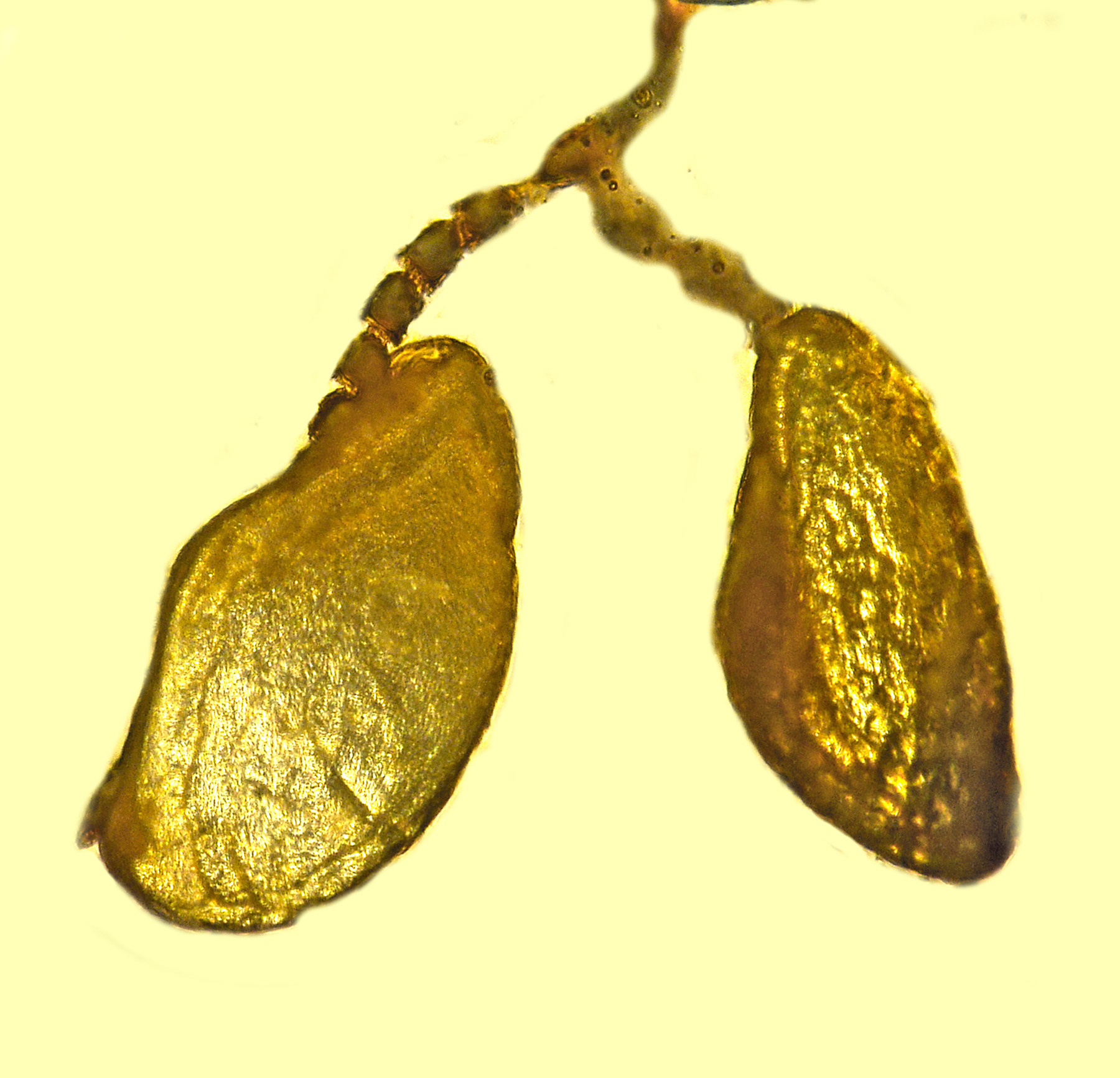It might be dead and encased in a lump of amber (RIP), but there’s a new species of micro-wasp in town and it’s got some pretty odd antennae. The tiny wasp was discovered preserved in a piece of amber from Myanmar and is thought to be from the mid-Cretaceous period, around 100 million years ago.
Researchers have deemed it a member of an entirely new genus and species – Caradiophyodus saradae, after the Greek words for head (kara) and cleft (diaphyodus), and scientist Sarada Krishnan.
Measuring 1.3 millimeters (0.05 inches), it belongs to a now-extinct family of micro-wasps. However, a significant proportion of its length is taken up by mysterious, bulbous structures at the end of its antennae, something that isn’t seen in any other micro-wasps today.
“We could find no fossil or extant insect with such antennal structures,” said George Poinar, lead author of the study describing the insect, in a statement. Its tiny length “as well as its 15-segment antennae, a deep cleft in the center of its head and characters of the wings distinguish it from all other micro-wasps.”

This image makes the antennae and mysterious structures look like a golden pair of lungs.
Image credit: George Poinar Jr.
The researchers aren’t entirely sure how the wasp could even fly with the odd body feature either. “The unique, miniature cloudlike structures stuck to the antennae must have certainly been an annoyance to this tiny parasite,” hypothesized Poinar. In other words, they were possibly a massive pain in the butt.
Without any other insects with similar structures to compare them to, Poinar and fellow author Fernando Vega could only make educated guesses as to the purpose of the unusual feature.
“They could be tiny plant seeds, plant secretions or eggs from a host the wasp was parasitizing,” Poinar theorized. “There is a good possibility the micro-wasp was parasitizing scale insects since there is a male scale insect embedded in the same piece of amber.”
Many micro-wasps that exist today are parasitic – the somewhat inaptly named fairyflies include the smallest known insect in the world, and they lay their eggs in the bodies of other insects.
Although the role of the strange structures remains to be uncovered, their discovery is valuable in itself, as Poinar concluded:
“Whatever they are, discovering these is one of the things that makes our work so interesting, and challenging: finding dominant, unique features on extinct organisms.”
The study is published in the journal Life.
Source Link: New Tiny Wasp Species With Mysterious Antennae Found In 100-Million-Year-Old Amber